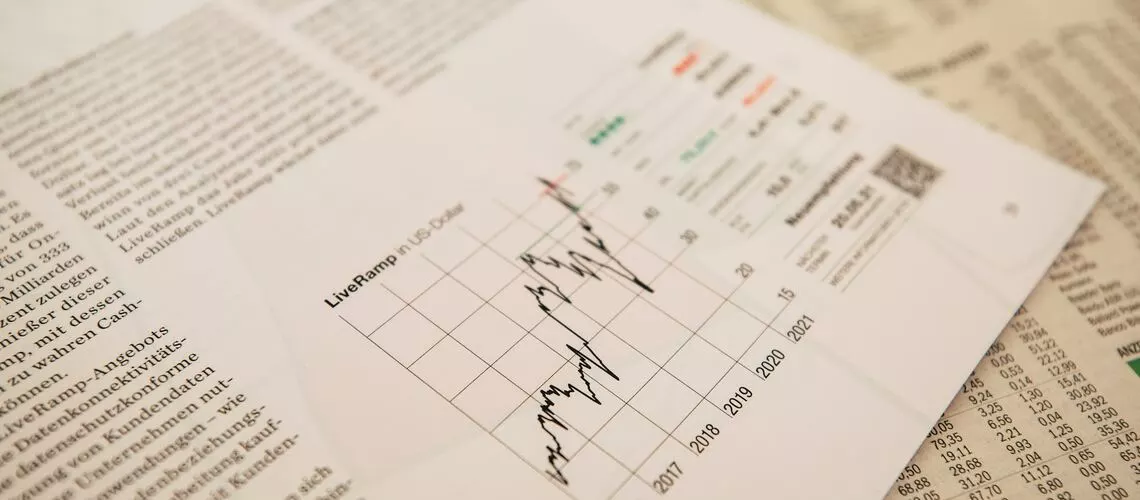An in-depth look at rising rental costs across the country
At ValuNation Australia, we have been closely tracking rental price trends across Australia over the past year. Our analysis shows widespread growth, with over 90% of markets recording increased rents for both houses and units during the 2022-23 financial year. This reflects surging demand in the face of constrained supply, driven by factors like strong migration, investor wariness, and affordability challenges.
In this comprehensive article, we will explore:
- The key drivers pushing rental prices higher
- How different cities and regions are being impacted
- Where rental growth has been most extreme
- What the future outlook suggests
Key Factors Behind Rising Rents
Several influences have aligned to create the perfect conditions for rental price growth over the past year:
migrations boosted renter numbers, especially in inner-cities. 2022 saw record migration into Australia, especially from overseas students and skilled workers. Most new arrivals need rental accommodation, heavily concentrated in metro areas.
Investors retreated as rates rose, choking supply. Higher interest rates from mid-2022 dampened investor appetite. Housing investment loans dropped almost 24% between April 2022 and May 2023. With less investor stock added, supply tightened.
Affordability challenges forced renters to absorb increases. Surging values have stretched budgets over recent years. Renters have shouldered rising rents as they lack alternative options within their price range.
This demand-supply imbalance has seen national rents rise over 13% for houses and 10% for units over the past year. Tight rental conditions are likely to persist in the near term, sustaining upward pressure on rents.
Rental Growth Across Australian Cities
The rental boom has played out differently across Australia according to local economic conditions. Here we summarise key trends:
Adelaide
- 100% of suburbs saw rental increases for houses and units
- Houses rose 8-14% across metro area
- Units soared over 15% in the Inner Southern suburbs
Adelaide’s rental market has lagged the eastern capitals until recently. Strong interstate migration is now driving rents higher as vacancy rates tighten below 1%. More affordable prices offer migrants value compared to Sydney and Melbourne.
Brisbane
- 100% of unit markets recorded rental increases
- Houses rose 11-15% across Inner City and East
- Unit rents jumped over 25% Inner North and 20%+ Inner South
Interstate migration has fuelled Brisbane’s rental boom. Brisbane is Australia’s #1 internal migration destination. With relatively affordable prices, the city appeals to southerners. Near-city suburbs with transport links are seeing huge demand from investors.
Canberra
- Only 2 suburbs saw increased house rents
- 18 unit markets recorded rent decreases
- Vacancy rate remains over 2%, above normal
Canberra is the only capital where rents have stagnated or fallen. Weaker population growth and loose supply (with rentals well above normal) has dampened conditions. Unaffordability also discourages migration from southern capitals.
Darwin
- Recorded universal rental increases for units
- Houses rose over 15% in Northern Suburbs
- Units soared over 20% in Northern Suburbs
Like Perth, Darwin is benefitting from the resources sector boom. With a small population, migration of mining labour has an outsized impact. Remote location limits affordability pressures compared to southern capitals.
Hobart
- Near-universal rental growth for houses and units
- Houses rose 8-12% across metro suburbs
- Units increased 6-10% in Inner and Eastern Suburbs
Tight rental conditions persist in Hobart despite slowing migration. Years of underbuilding and gentrification has eroded rental supply. Though delayed, a pick-up in construction should eventually improve affordability.
Melbourne
- Universal house rental growth across metro
- 2 minor unit market falls only
- Houses rose 6-10% across Inner and Eastern Suburbs
Melbourne’s rental growth has been surprisingly resilient given weaker population growth. A lack of investors and loss of stock to demolitions has tightened supply. Signs of moderation are emerging but require monitoring.
Perth
- Recorded universal rental increases for houses and units
- Houses soared over 15% across metro area
- Units jumped 15-25% in Central and Inner Suburbs
Perth remains Australia’s tightest rental market. Rents are 41% higher than pre-pandemic after surging through the mining revival. With listings 50% below normal, a persistent shortage continues to push rents higher.
Sydney
- Near universal house and unit rental growth
- Houses rose over 15% in Southwest and Northwest
- Units soared over 25% in Inner Suburbs
Sydney’s rental boom is back after the pandemic lull. The inner suburbs are seeing huge demand from students and migrants. Transport links and lifestyle benefits are driving very strong unit rental growth.
Suburbs With Extreme Rental Increases
Certain individual suburbs across Australia recorded particularly extreme rental growth over 2022-23:
Houses:
- Campsie, Sydney (+29.4%)
- Belfield, Sydney (+27.8%)
- Rockingham, Perth (+25.0%)
- Karratha, WA (+24.8%)
- Alkimos, Perth (+22.9%)
Key themes include proximity to migrant-popular areas in Sydney’s Southwest, Perth’s rising southern corridor, and mining regions like Karratha surging on the sector’s strength.
Units:
- Haymarket, Sydney (+32.6%)
- Kingsford, Sydney (+31.7%)
- Arncliffe, Sydney (+30.9%)
- Travancore, Melbourne (+28.9%)
- Eastlakes, Sydney (+27.9%)
The country’s hottest unit rental markets are clustered in inner Sydney, signalling the concentration of rental demand from students and skilled migrants in accessible, high-amenity precincts.
The Outlook for Rents
Looking ahead, we expect rental growth to continue moderating over the rest of 2023. While key demand drivers like migration remain firm, rising rents are stretching tenant budgets. Plus, tighter purchase affordability may renew investor interest after a pause, replenishing rental stock.
However, rental price inflation still has some way to fall before normalising across most cities. Markets like Sydney and Perth especially remain mired in supply-demand imbalances. Any negative shocks to the economy that hamper construction could easily tighten conditions again.
In summary, Australia’s extraordinary rental boom still retains momentum, although the peak has likely passed. Renters in most cities will need to brace for further increases, just not at the extremes of the past year. Careful monitoring of supply and demand shifts will be key to gauging future movements.
At ValuNation Australia, our team will continue providing in-depth rental market research and insights. Please check back regularly for updates as conditions evolve.




